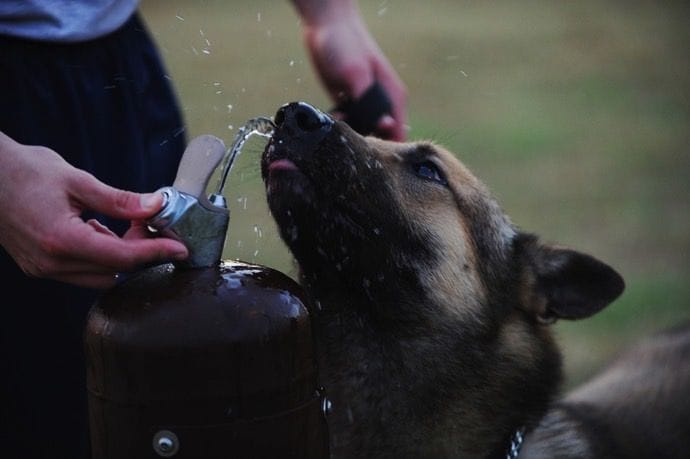The World's First Pest Control
That's right, the cat was the world's first pest control. Cats weren't usually kept as pets, per se, they were kept because they had a job to do. In Ancient Egypt they were valued because they kept mice at bay. They were kept on farms because the grain attracted rodents. Well, these little furry exterminators got rid of those rodents. They were even found on ships to help maintain the rodent population. Since then, cats have found their way into our lives and hearts as members of our families.
Today's Cats as Hunters
Today's cats aren't really used as rodent control with all the other ways we have of controlling the rodent population; however, in big cities like New York they are still used to keep the rat population down. All cats have that basic hunter instinct. The best cats to use for pest control today would be a feral or semi-feral cat that you've adopted at the local shelter. It'll be spayed or neutered and won't ever become a "true" pet, but as long as you're providing it with water and supplemental food, it won't have a reason to ever leave. And when you're feeding your cat, it's more likely to hunt for entertainment than for a meal, meaning it will catch more mice. The more mice your kitty catches, the more "gifts" he will bring you. Make sure you reward your kitty for his gifts, even if you don't appreciate it. It's his way of showing you he loves you!














